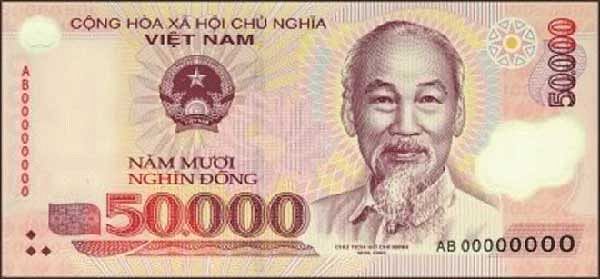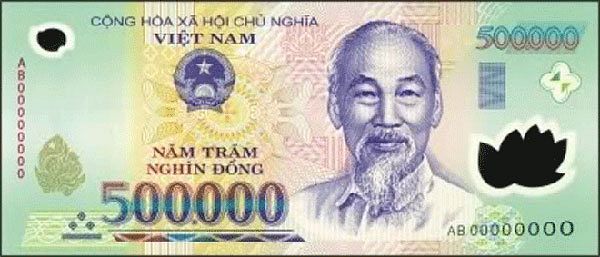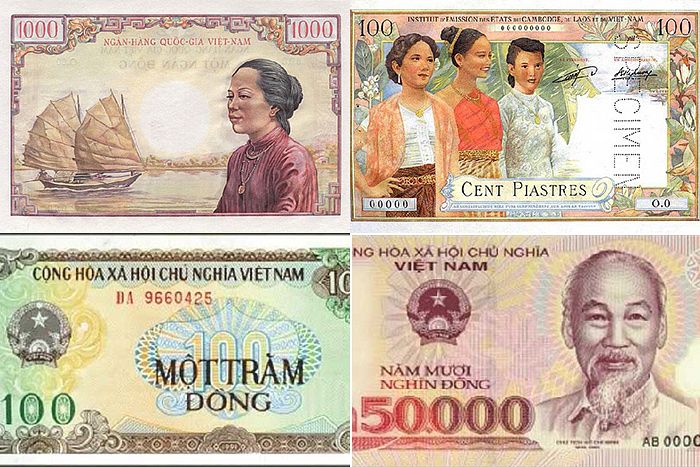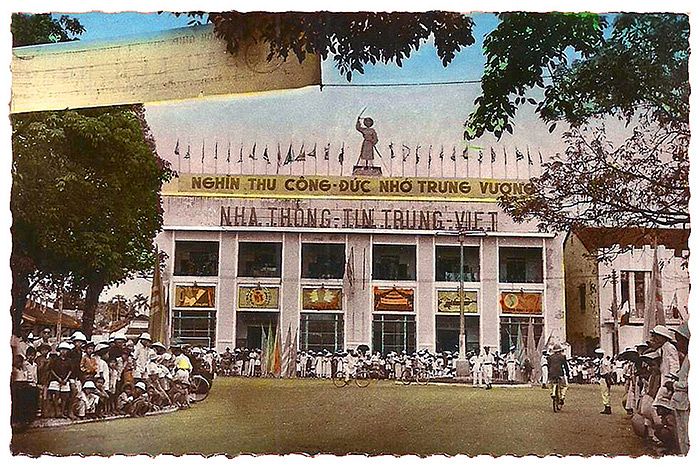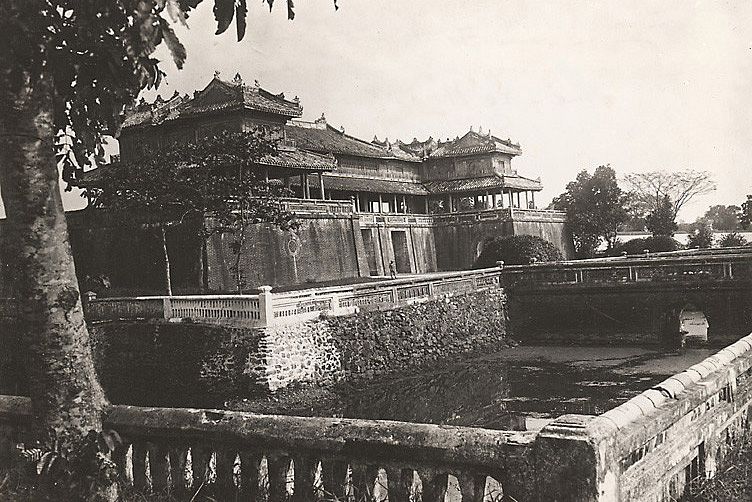Like Vietnamese history, the country's currency has undergone significant changes over the past century.
During French occupation, the monetary unit in Indochina was the Piastre, often referred to as "bac". Eventually, colonial authorities instituted the use of Mexico coins, weighing in at 27.73 grams and later the Dong Duong coin weighing 27 grams.
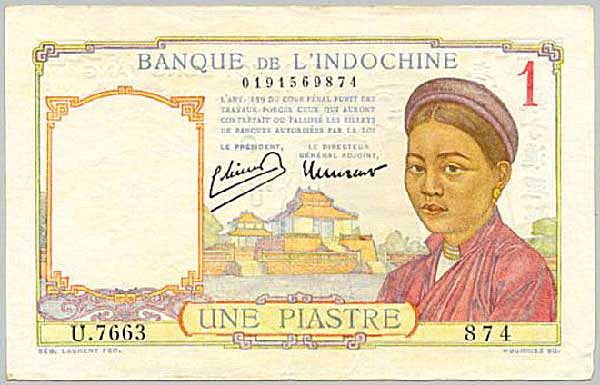
In addition to the above coins, The Indochina Bank also issued banknotes, with images of three girls in the traditional costumes of Vietnam, Laos and Cambodia.
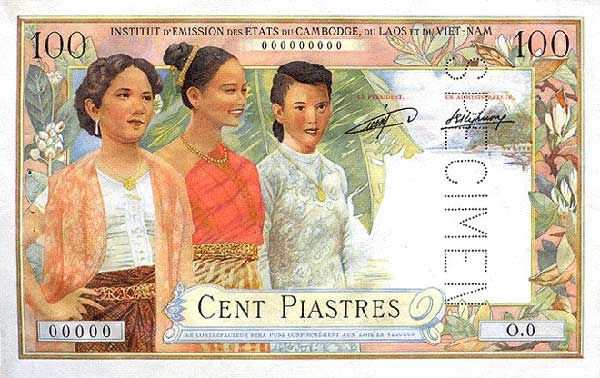
In 1945, the Democratic Republic of Vietnam issued the first aluminum coins to replace the mishmash of currencies that existed in the country.
On May 15, 1947 the government issued Decree 48/SL for circulation of the country's banknotes with face values of 1 dong (1 dong!!!), 5 dong, 10 dong, 20 dong, 50 dong, 100 dong and 500 dong. At this time, the State switched out the old Dong Duong banknotes in favor of the Viet Nam dong banknote, at a 1 to 1 rate.
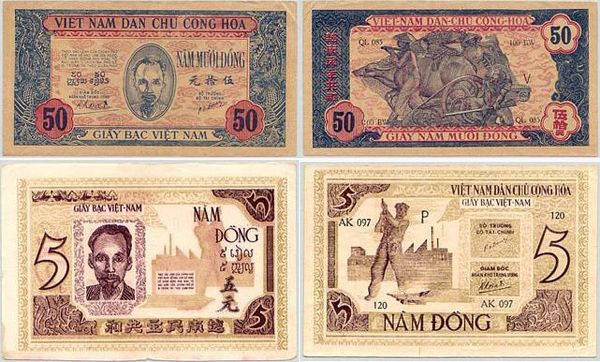
On May 6, 1951, the National Bank of Vietnam was established and released banknotes to replace the money issued under the Ministry of Finance in 1947. The exchange rate was 10 dong of the old banknotes to 1 dong of the new and took place over 20 months.
After the fall of Saigon, the new government took over the National Bank of Vietnam but retained the old currency until June 6, 1975 when the Provisional Revolutionary Government of the Republic of South Vietnam enacted Decree No. 04/PCT - 75 on the establishment of the National Bank of Vietnam, led by Governor Tran Duong.
On September 22, 1975, the Provisional Revolutionary Government of the Republic of South Vietnam organized launched a new national currency, called "Bank of Vietnam Money" (also known as liberation money) at the rate of 1 dong of the new currency for 500 dong of the old one and equivalent to US$1.
Over the past 30 years, additional exchanges and revaluations of the currency have occurred and new notes with more zeros and updated artwork have been printed.
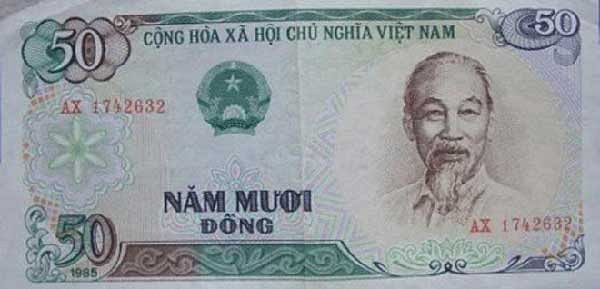
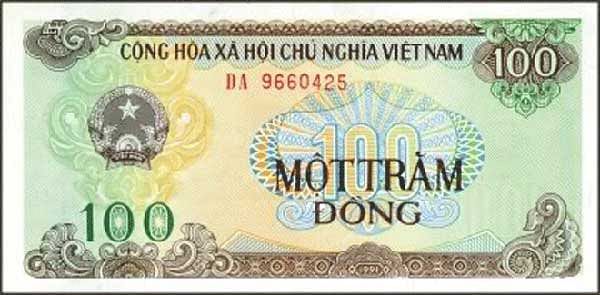
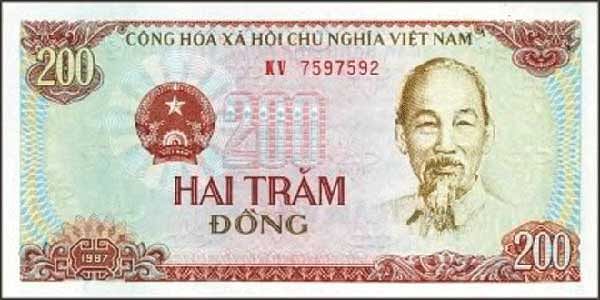
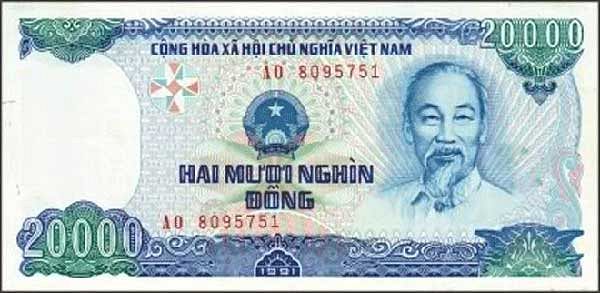
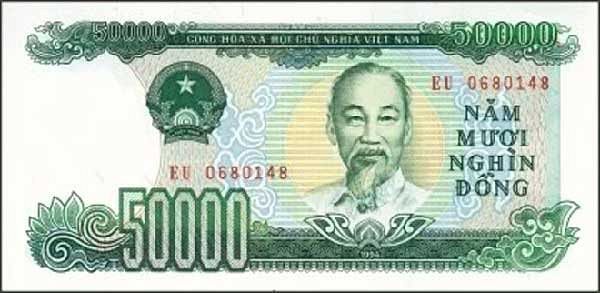

The last major change to the dong occurred in 2003 when the began to replace the cotton banknotes with plastic polymer and added the 500,000 note.
